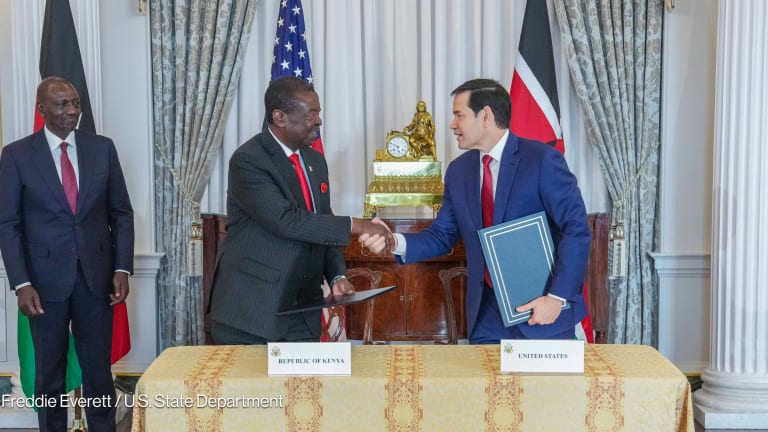In the first half of 2014, the World Bank and the U.S. Agency for International Development — Kenya’s top two development partners — have launched multiple competitive bidding processes meant to scale up energy infrastructure improvements in Kenya.
Kenya has been plagued by the high cost of energy, leaving the population with limited power supply and Kenyan businesses with bloated production costs. The Kenyan government has laid out plans to invest in energy infrastructure to address these problems. Under the current medium-term plan, Kenya will focus efforts on upgrading its energy infrastructure network, stepping up energy generation from renewable sources and increasing energy supply generation by 5,538 MW by 2017.
In its most recent medium-term expenditure framework, Kenya reported a 65.7 percent increase in its approved recurrent spending budget for the energy, infrastructure, and information and communication technology sectors. The allocation jumped from 242.93 billion Kenyan shillings ($2.77 billion) in fiscal year 2013 to 402.37 billion Kenyan shillings for fiscal 2014; a solid indication of the country’s commitment to building its capacity on this front.
This story is forDevex Promembers
Unlock this story now with a 15-day free trial of Devex Pro.
With a Devex Pro subscription you'll get access to deeper analysis and exclusive insights from our reporters and analysts.
Start my free trialRequest a group subscription







